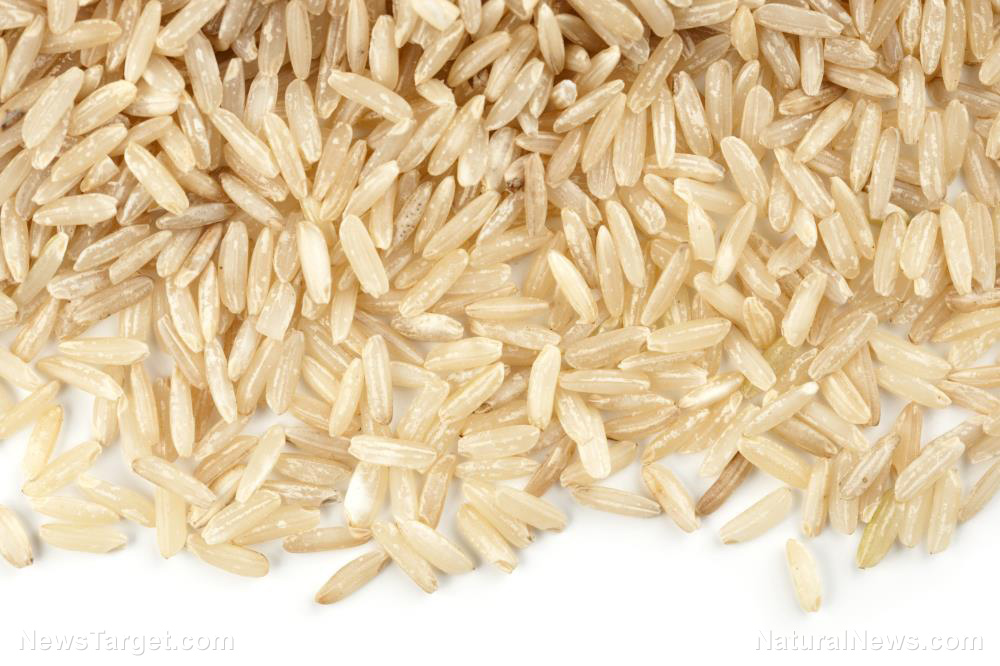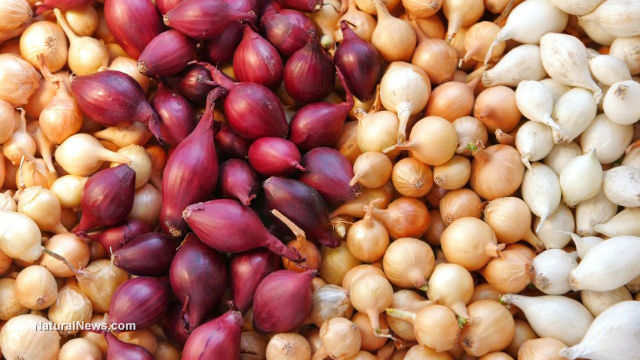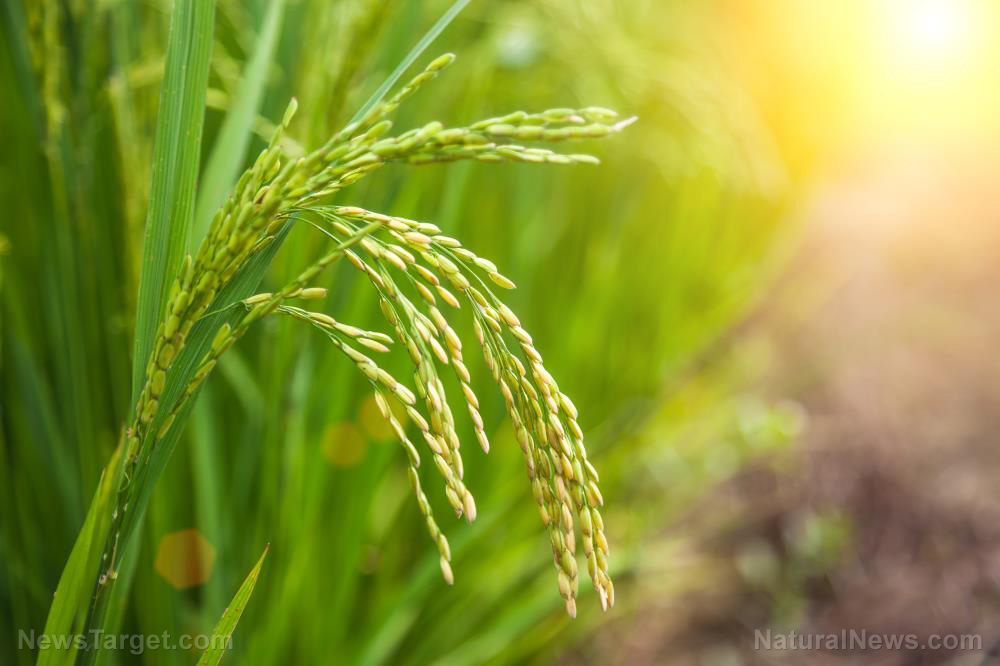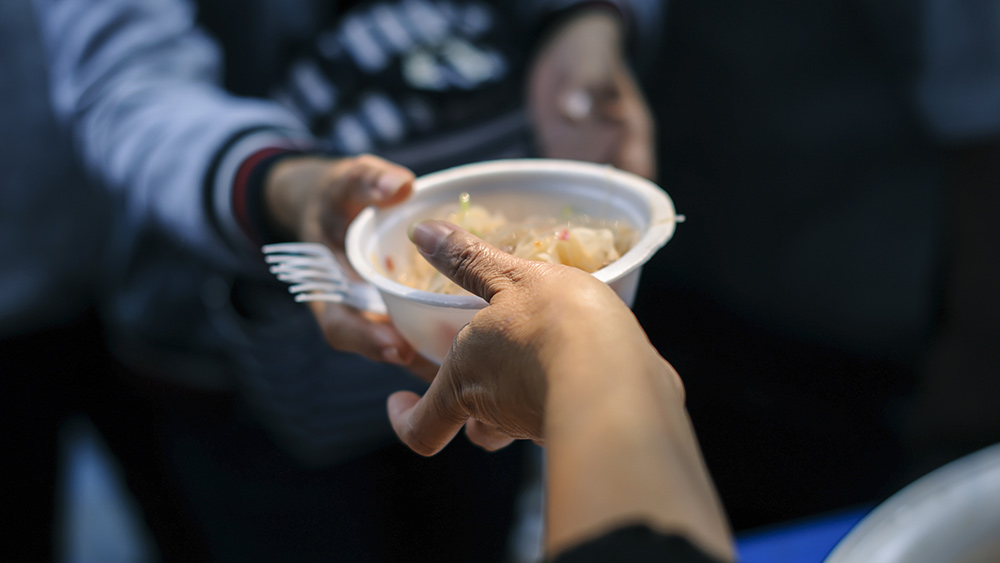Rice prices hit 15-year high, increasing food insecurity for billions of people
01/02/2024 / By Cassie B.

The price of rice has hit a new 15-year high amid strong demand and growing concerns about global rice supplies in the face of unfavorable weather patterns, geopolitical concerns and export restrictions.
The Thai Rice Exporters Association reports that the Asian benchmark Thai white rice 5 percent broken has risen for the third week in a row to hit $659 per ton. This marks its highest price since October of 2008 and represents a 38 percent rise in the price of rice so far this year.
It is a significant increase for a food staple that is considered essential for the diets of billions of individuals across Africa and Asia. There are also concerns that the El Niño weather system could further reduce the supplies of rice in the months to come, prompting some countries to raise their purchases so they can amass stockpiles.
The price of rice has been climbing since India, one of the world’s biggest shippers of the staple, placed restrictions on exports of rice. The move took 9 million metric tons of rice off the international market. India currently accounts for around 40 percent of global rice supplies after they overtook Thailand as the biggest exporter of the grain back in 2011.
Some of the countries that depend on rice from India include Vietnam, Malaysia, the Philippines, the Ivory Coast, Senegal and Nigeria. Experts say that the export control policy by India is putting a lot of countries in a bad position because there is a lack of other suppliers. India’s controls may be helpful to its own consumers, but the move is raising food insecurity for billions of people around the world.
In Nigeria, for example, the price of rice grew by a remarkable 61 percent in the months from September to November. Meanwhile, the Philippines placed a price cap on rice in September after its price hit a 14-year high before removing it in October when supply concerns began to ease. President Ferdinand Marcos Jr. blamed the prices on “smugglers, hoarders and price manipulators.”
Rising prices of rice and other foods have had a significant impact on people in the Philippines and many families are going hungry as a result, according to the farmer network MASIPAG.
Rice prices expected to stay high
Unfortunately, the situation is unlikely to improve, with the World Bank predicting that these high prices will continue well into the new year. They noted: “Rice prices will remain high into 2024, assuming India maintains its export restrictions. The outlook assumes a moderate-to-strong El Niño.”
In a commodity report they published at the end of October, they declared that rice prices had already risen to their highest number for the third quarter since food crises in 2007 and 2008.
Forecasts by the U.S. National Weather Service show that the northern hemisphere, which is where major rice-producing countries in Southeast Asia as well as India and China are situated, should be impacted by El Niño from April to June, which is the sowing season for rice.
Another issue expected to affect the price of rice is attacks on the Red Sea by Yemen’s Houthi rebels, which could prompt India to seek alternative routes along Africa to ship basmati rice. So far, more than a dozen vessels that were believed to have some link to Israel have been attacked by the group, prompting several major shipping companies to halt their shipments through the Red Sea.
An alternative route that goes around the Cape of Good Hope adds onto the journey significantly as it is 3,500 nautical miles longer, in addition to being more expensive – and that expense will be passed on to consumers. One senior official told Indian Express that this could raise the price of basmati rice exports from India by as much as 20 percent.
Sources for this article include:
Submit a correction >>
Tagged Under:
economic collapse, economic riot, famine, food collapse, food inflation, food insecurity, food rationing, food scarcity, food supply, grains, grocery, hunger, India, inflation, philippines, products, rice, starvation, supply chain, world agriculture
This article may contain statements that reflect the opinion of the author
RECENT NEWS & ARTICLES
FoodRationing.news is a fact-based public education website published by FoodRationing News Features, LLC.
All content copyright © 2021 by FoodRationing News Features, LLC.
Contact Us with Tips or Corrections
All trademarks, registered trademarks and servicemarks mentioned on this site are the property of their respective owners.




















